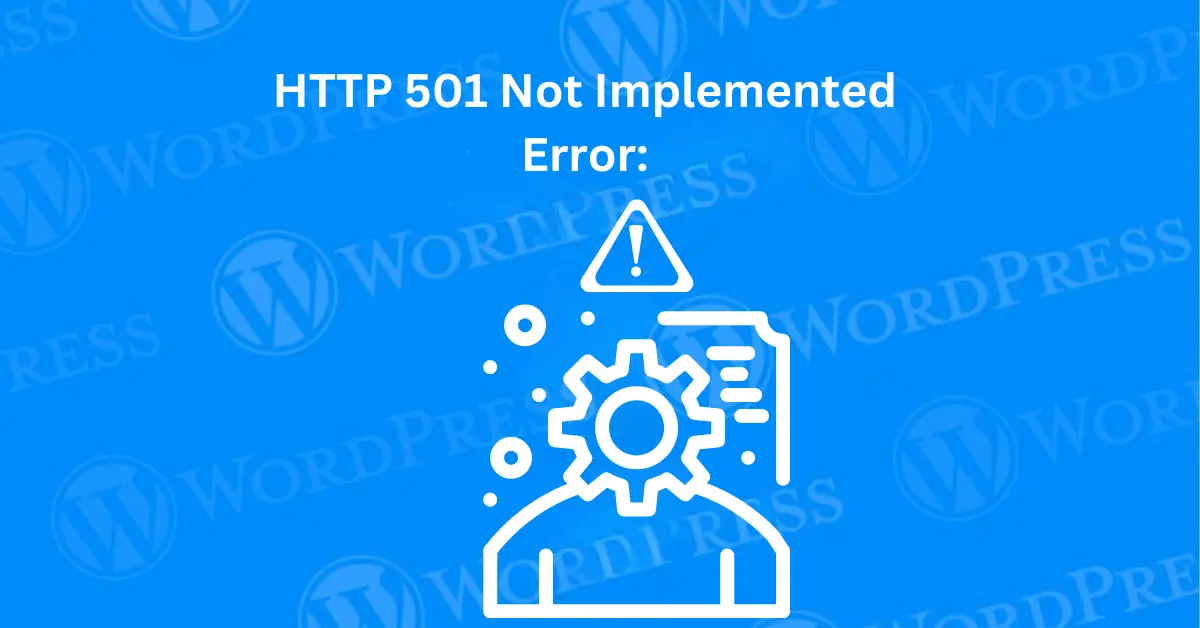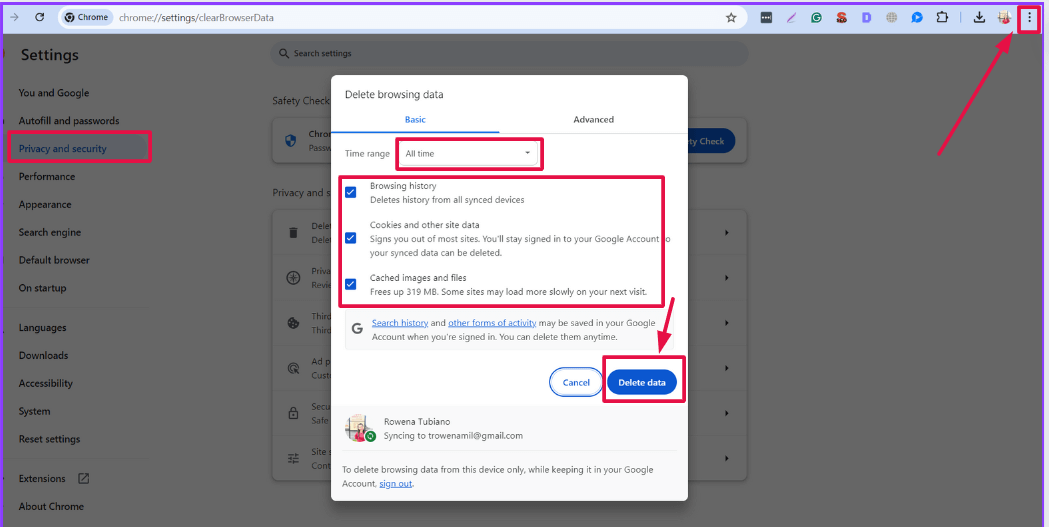Encountering errors while browsing a website can be frustrating, especially when you don’t know what they mean or how to fix them. One such error is the HTTP 501 Not Implemented Error. Understanding this error and how to resolve it is crucial for maintaining the functionality of your website and ensuring a smooth user experience.
In this article, we’ll dive into what the HTTP 501 error is, its common causes, and practical steps to fix it, whether you’re a website owner, developer, or an end-user.
What is the HTTP 501 Not Implemented Error?
The HTTP 501 Not Implemented Error is a server-side error that indicates the server does not support the functionality required to fulfill the request. Unlike other errors like the 500 Internal Server Error or 502 Bad Gateway, which typically signal problems within the server itself, a 501 error specifically points to unimplemented or unsupported server functionality.
For instance, if a server receives a request using an HTTP method it doesn’t recognize or support, it will return a 501 status code. This error is less common than other HTTP errors but can be a significant issue when it arises.
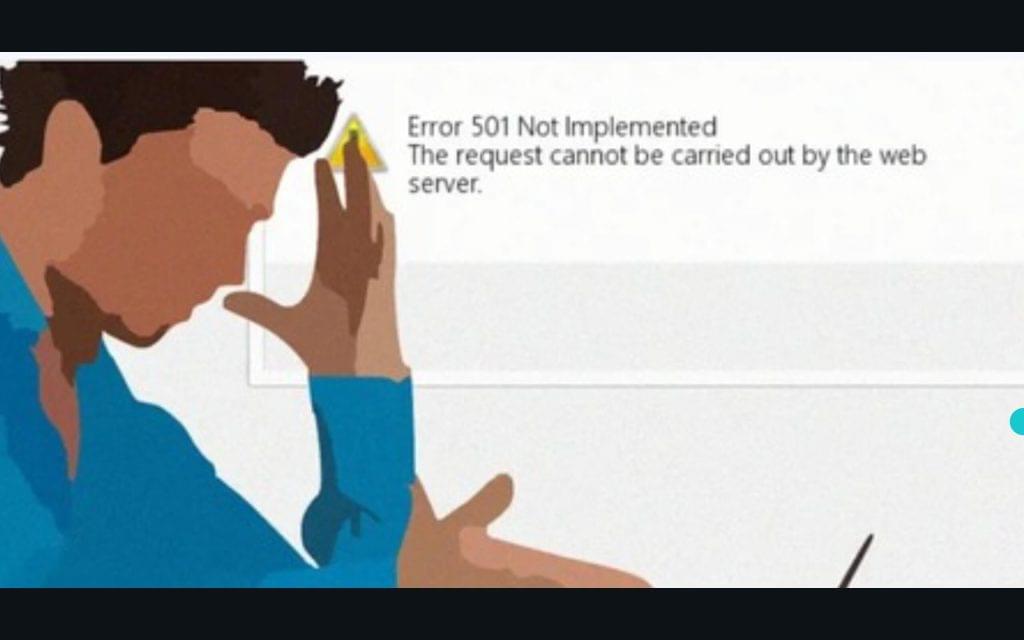
Common Causes of the HTTP 501 Not Implemented Error
Understanding the causes of the HTTP 501 Not Implemented Error is the first step in troubleshooting. Here are the most common reasons:
Server-Side Issues
- Unimplemented Server Functionality: The server may not have the necessary software or modules to support the requested functionality.
- Unsupported HTTP Methods: If a client sends a request using an HTTP method that the server doesn’t recognize, such as PATCH or PUT, the server will return a 501 error.
- Misconfigured Server Software: Sometimes, server software or specific modules may be misconfigured, leading to this error.
Client-Side Issues
- Incorrect URL or HTTP Method: Users may encounter a 501 error if they inadvertently use an incorrect URL or an unsupported HTTP method in their request.
- Outdated or Incompatible Client Software: Older browsers or outdated software may not support the necessary HTTP methods, triggering a 501 error.
Network Issues
- Problems with Proxies or Gateways: Issues with intermediate proxies or gateways can also cause the HTTP 501 error, particularly if these intermediaries do not support the required functionality.

How to Fix the HTTP 501 Not Implemented Error
Now that we understand the causes, let’s look at how to fix the HTTP 501 Not Implemented Error. Depending on your role—whether you’re a website owner, developer, or end-user—the steps will vary.
For Website Owners and Administrators
- Check Server Logs: Start by checking your server logs for detailed error messages that can pinpoint the issue.
- Ensure Necessary Server Functionalities: Make sure all required server functionalities are implemented and supported.
- Update or Reconfigure Server Software: If your server software is outdated or misconfigured, update or reconfigure it to ensure compatibility with the HTTP methods in use.
For Developers
- Use Correct HTTP Methods: Verify that your code uses the correct HTTP methods and that these methods are supported by the server.
- Review Server-Side Scripts and Configurations: Debug server-side scripts and configurations to identify any issues that could cause the 501 error.
- Utilize Debugging Tools: Employ debugging tools to trace the error and resolve it efficiently.
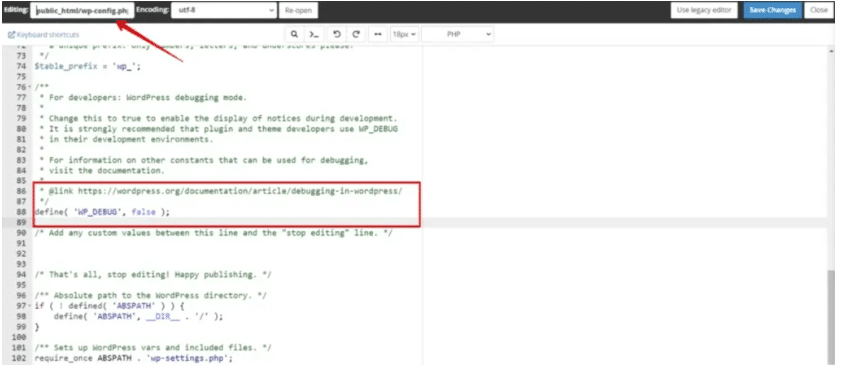
For End Users
- Refresh or Change Browser: Sometimes, simply refreshing the page or switching to a different browser can resolve the issue.
- Clear Browser Cache and Cookies: Clearing your browser’s cache and cookies can sometimes eliminate errors caused by outdated data.
- Contact Website Support: If the error persists, reach out to the website’s support team for assistance.
Preventing the HTTP 501 Not Implemented Error in the Future
Prevention is always better than cure. To avoid encountering the HTTP 501 Not Implemented Error in the future, consider these steps:
- Regular Server Maintenance: Keep your server software up to date and conduct regular maintenance to prevent potential issues.
- Test Configurations Before Deployment: Always test server configurations and scripts in a staging environment before deploying them live.
- Monitor Your Website: Use monitoring tools like Pingdom, New Relic, or UptimeRobot to detect and address issues, such as the HTTP 501 Not Implemented Error, early before they escalate into critical errors.
Why Is it Important to Check Software Updates In Dealing 501 Error
When encountering a 501 error in WordPress or other web applications. Outdated software is often the underlying cause. These errors occur when a server lacks the necessary functionality. An act to process your request due to software incompatibilities or outdated code libraries. Understanding the role of software updates is crucial in avoiding these errors. And maintaining optimal site performance. Here’s why keeping your software up to date can reduce 501 Not Implemented errors:
1. Enhanced Compatibility
Regular software updates include patches that ensure compatibility with modern web standards and protocols. Running outdated software makes your site more prone to 501 errors. As it may lack support for the latest technologies. By updating your WordPress core, plugins, and themesA WordPress theme is a set of files that determine the design and layout of a website. It controls everything ... More. You enhance the server’s ability to execute the necessary functions. Minimizing the chances of encountering such errors.
2. Security Improvements
Even though a 501 error primarily indicates a functionality issue. using older software can leave your server vulnerable to security threats. Software updates address security vulnerabilities. If left unchecked, can be exploited by hackers. An outdated server can lead to broader security breaches, exposing sensitive data. Keeping your software updated ensures that your server is protected from potential attacks. Reducing the risk of 501 errors and other security-related issues.
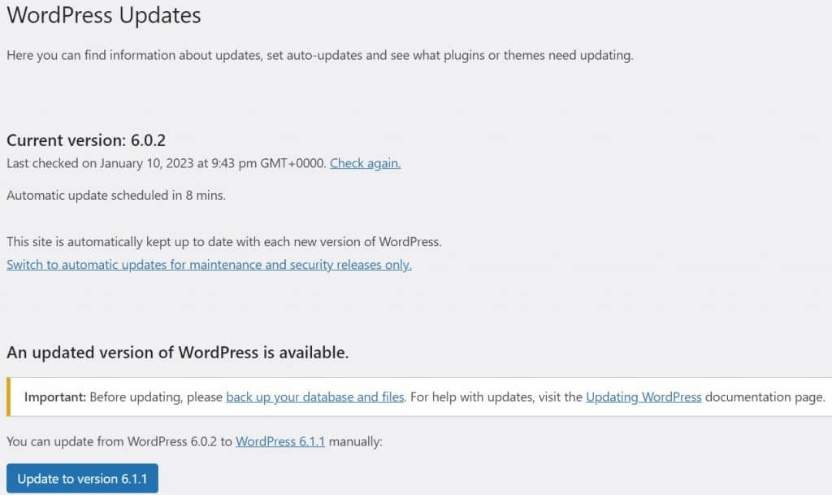
3. Performance Optimization
Another key benefit of updating your software is improved performance. Software updates often include performance enhancements. It helps your server and applications run more smoothly. By optimizing your digital environment, you reduce the likelihood of server miscommunications. Which can trigger 501 Not Implemented errors. A faster, more efficient system leads to fewer errors. And a better overall user experience.
4. Bug Fixes
Regular updates from software developers often contain important bug fixes. Some of these bugs may directly contribute to 501 errors. While others can lead to a cascade of issues within your system. By keeping your software up to date. You avoid the risk of unresolved bugs causing functionality problems. And ensure that your site runs without unexpected errors.
Making routine software updates a priority is essential. To reduce the risk of 501 errors on your website. Updated software ensures enhanced compatibility with web standards. Improved security, optimized performance, and fewer bugs. By maintaining your software, you create a seamless, error-free experience for your users. And strengthen your site against future technical challenges.
Why is Enhancing Server Security Crucial in Preventing 501 Errors?
Enhancing server security is critical for preventing 501 errors. And maintaining seamless website performance. A secure server is the foundation of a website’s functionality. Without proper protection, your site is vulnerable to attacks and disruptions. Here’s why improving server security is vital for addressing and preventing the dreaded 501 error.
- Protecting Against Unauthorized Access: One of the primary reasons for enhancing server security is to protect against unauthorized access. Weak server security leaves your system open to malicious activities. Such as hacking and data breaches. These vulnerabilities can cause temporary or permanent server disruptions. Often resulting in a 501 Not Implemented error. This indicates that the server cannot fulfill the requested action. By fortifying your server, you create a protective barrier. It reduces the likelihood of such errors disrupting your site.
- Ensuring System Integrity: Maintaining system integrity is another key factor in preventing 501 errors. Servers with weak security are often targets for malware attacks and breaches. Which can compromise their ability to process requests. By implementing strong server security protocols. You can fortify the server’s architecture against vulnerabilities. This helps prevent server downtime. Also ensures that commands are executed smoothly. Reducing the chances of encountering a 501 error due to system failures.
- Boosting Overall Performance: Improving your server’s security protect against threats. It also boosts overall server performance. By installing firewalls, anti-malware solutions, and optimizing security configurations. Your server becomes more efficient in handling requests. When a server operates at its peak performance. The chances of 501 server errors drastically decrease. Leading to a smoother and more reliable experience for users.
- Long-term Cost Efficiency: Investing in robust server security can save significant costs in the long run. By reducing the frequency of 501 errors and preventing potential breaches. Businesses avoid the high expenses. Associated with fixing security vulnerabilities and recovering from downtime. Maintaining secure server operations ensures continued uptime and minimizes disruptions. Offering both reliability for users and cost efficiency for website owners.
Strengthening server security is essential not only for protecting your website from unauthorized access. Also for preventing 501 errors that can disrupt your site’s functionality. By fortifying your server, you ensure system integrity. Boost performance, and save on long-term operational costs. In doing so, you safeguard your data and create a seamless user experience. Free from the common server-related errors that could damage your site’s reputation.
How Testing with Minimal Configuration Can Resolve 501 Errors in WordPress
A 501 error indicates that the server does not support the functionality required to fulfill a client’s request. If you’re encountering a 501 error in WordPress. Testing with minimal configuration is an effective strategy to resolve the issue. Here’s how this approach can help you fix the 501 error in WordPress efficiently:
Isolation of Variables to Resolve 501 Errors
By stripping your setup down to the essentials. You eliminate potential sources of conflict. This allows you to identify whether a specific pluginA plugin is a software component that adds specific features and functionality to your WordPress website. Esse... More, theme, or custom setting is causing the 501 error. Start by disabling all non-essential plugins. And revert your WordPress site to default settings. Including switching to a basic theme like Twenty Twenty-One. This minimal configuration helps pinpoint where the issue originates. Making it easier to address the 501 error.

Step-by-Step Troubleshooting to Fix WordPress 501 Errors
Once you establish a basic, functional setup, reintroduce plugins, themes, and custom settings one at a time. After each reintroduction, test your site to see if the 501 error reappears. This step-by-step troubleshooting method allows you to detect which specific component. Modification triggers the 501 Not Implemented error in WordPress. By taking a systematic approach. You can isolate the problematic feature without disrupting your entire site.
Clarity Over Complexity to Avoid 501 Errors
Complex configurations involving plugins, custom scripts, or intricate settings. It can obscure the root cause of the 501 error. Testing with a minimal configuration reduces this complexity. Giving you clearer insights into what your WordPress site needs to function without errors. Simplifying your setup is one of the fastest ways to resolve server-related errors like 501.
Ensuring Environmental Consistency to Resolve 501 Errors
Environmental factors, such as differences between local and live server setups. Can sometimes contribute to 501 errors. By testing with a minimal configuration, you maintain consistency across server environments. Making it easier to identify the specific issue causing the error. This process ensures that you aren’t troubleshooting environmental differences. bBut focusing on the root cause of the 501 error in WordPress.
Reset to Baseline to Troubleshoot WordPress 501 Errors
Starting from a minimal setup acts as a reset for your WordPress configuration. This baseline approach helps avoid chasing symptoms. Caused by unrelated issues and provides a stable foundation. Think of it as recalibrating your WordPress site before gradually reintroducing complexity. Once you confirm that the core setup works without any errors. You can confidently begin restoring additional features, plugins, and customizations.
How Can Optimizing Website Code Help Prevent 501 Errors?
Optimizing your website code plays a vital role in preventing 501 errors. A 501 error typically occurs when the server does not support the functionality required to process a request. By optimizing your code, you can ensure your website runs smoothly and avoid these server-side errors. Here’s how website code optimization can help:
1. Use a Content Delivery Network (CDN)
Incorporating a Content Delivery Network (CDN) is an excellent way to optimize your website and prevent 501 errors. CDNs distribute content across multiple servers, placing it closer to users. This reduces the load on your primary server and decreases the likelihood of unsupported requests, significantly minimizing the risk of 501 Not Implemented errors.
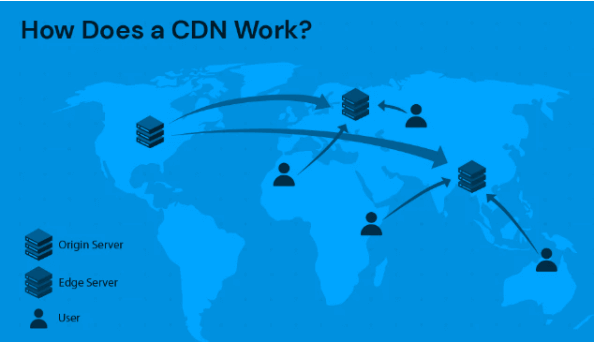
2. Minimize Reliance on Deprecated Features
Relying on outdated code or features can lead to incompatibility issues and server-side errors. Regularly auditing and updating your website code to remove deprecated features will help prevent unsupported server requests, which often result in 501 server errors. Ensure your code aligns with modern standards to maintain smooth communication between your server and client requests.
3. Follow Modern Coding Best Practices
Adhering to modern coding best practices can significantly reduce the occurrence of 501 errors in WordPress or other platforms. By keeping your website’s code up to date with current industry standards, you ensure that the server can understand and process requests more efficiently. This decreases the likelihood of unsupported requests that lead to a 501 Not Implemented response.
By optimizing your website’s code, you not only prevent 501 errors but also enhance your site’s performance, SEO rankings, and user experience. Maintaining efficient, modern code helps your server better handle requests, leading to a more reliable and robust website.
When to Reach Out to Your Hosting Provider for a 501 Error
Encountering a 501 Not Implemented error on your WordPress site can be frustrating. Knowing when to seek expert help can save time and ensure a quicker fix. If the error persists after your troubleshooting attempts. Here are key signs that it’s time to contact your hosting provider for help:

1. Exhausted DIY Solutions for the 501 Error
If you’ve already tried common fixes like clearing your browser cache. Verifying your internet connection, or resetting your router. If 501 error in WordPress remains unresolved, it may be time to escalate the issue. These DIY solutions often work for client-side errors. But when they fail, the problem could be server-related.
2. Access to Advanced Server Diagnostics
Your hosting provider has access to advanced server diagnostics and error logs. Giving them deeper insights into the 501 Not Implemented error. As a website owner, these tools are not typically accessible to you. Which makes it challenging to identify server-side problems. Hosting providers can run more complex checks to determine the exact cause of the error.
3. Need for Expert Analysis on Server-Side Issues
If your website remains down for an extended period despite your troubleshooting efforts. It’s likely time to contact your hosting provider. 501 server errors can stem from issues like misconfigurations. Outdated server software, or unsupported server requests. A hosting provider’s expertise is essential for diagnosing. And resolving these complex server-side issues efficiently.
4. Comprehensive Information for Faster Resolution
Before reaching out to your hosting provider for help with the 501 Not Implemented WordPress error. Gather all relevant details. Such as the specific error messages you’ve encountered, the exact time the error occurred. And the steps you’ve already taken. Providing this information upfront can speed up the diagnostic process. Allowing the provider to resolve the 501 error more swiftly.
Involving Your Hosting Provider for a 501 Error
Knowing when to involve your hosting provider for a 501 Not Implemented error is key to minimizing downtime and restoring your website’s functionality. If your attempts to fix the issue have failed. Contacting your provider for expert support can lead to a faster, more effective resolution. Ensuring your WordPress site gets back online smoothly.
Conclusion
The HTTP 501 Not Implemented Error might not be as common as other HTTP status codes, but when it occurs, it can disrupt the functionality of your website. By understanding what this error is, its causes, and how to fix it, you can ensure your website remains accessible and functional for users. Regular server maintenance and proactive monitoring are key to preventing this error from recurring.
Frequently Asked Questions (FAQs)
- What’s the difference between a 501 and a 500 error?
While a 501 error indicates unsupported server functionality, a 500 error refers to a generic server malfunction without specifying the exact cause. - Can a user fix the 501 Not Implemented error?
Users can try basic fixes like refreshing the page or clearing their cache, but most solutions require intervention by the website owner or developer. - Why does the 501 error only happen on certain pagesIn WordPress, a page is a content type that is used to create non-dynamic pages on a website. Pages are typica... More?
The 501 error may occur on specific pages if those pages require functionality or HTTP methods not supported by the server.
If you’re encountering the HTTP 501 Not Implemented Error and need reliable WordPress hosting with done-for-you updates, check out our hosting packages by clicking the button below:

